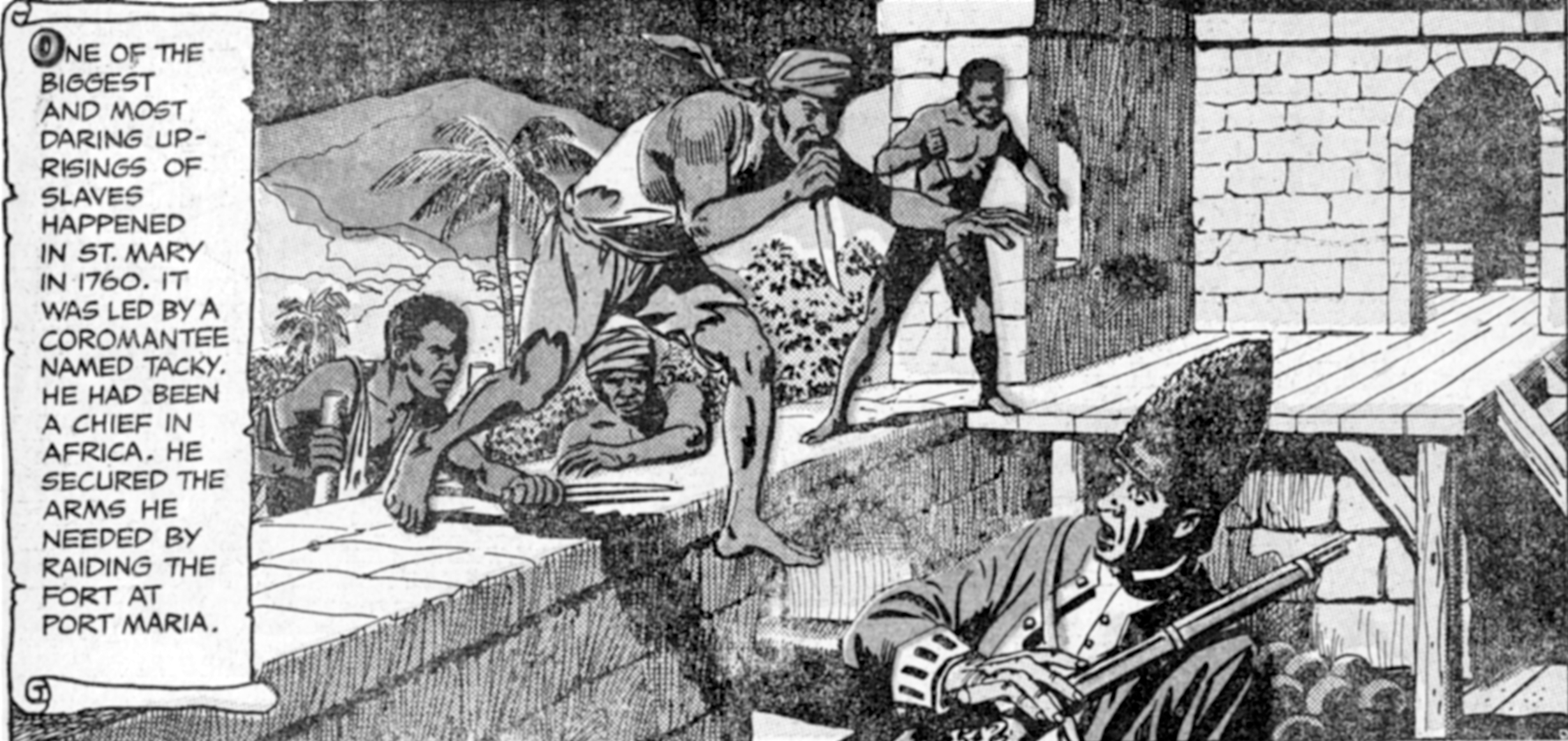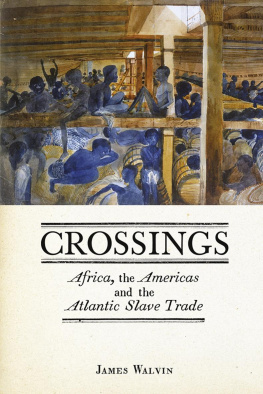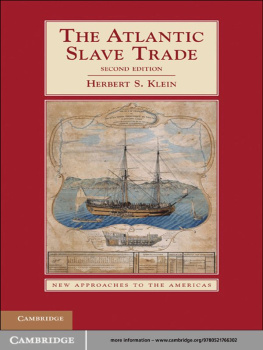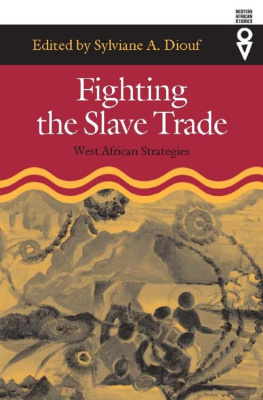978-0-674-73757-0 (alk. paper)
Names: Brown, Vincent, 1967 author.
Title: Tackys revolt : the story of an Atlantic slave war / Vincent Brown. Description: Cambridge, Massachusetts : The Belknap Press of Harvard University Press, 2020. | Includes bibliographical references and index.
Subjects: LCSH: Slave insurrectionsJamaicaHistory18th century. | SlaveryJamaicaHistory18th century. | Great BritainColoniesAmerica.
Maps (drawn by Molly Roy)
. The Atlantic Basin
. The Gold and Slave Coasts of West Africa, ca. 17001750
. Jamaica
. The Caribbean
. The Gold Coast Diaspora, 16611760
. St. Marys Parish
. Tackys Revolt, April 7May 21, 1760
. Westmoreland and Hanover Parishes
. The Coromantee War, May 25August 3, 1760
. St. Elizabeth Parish
. Simons March, September 1760January 1761
. Coromantee Protest March, October 1765
Figures
. Attack on Fort Haldane
. Olaudah Equiano
. Diary of Thomas Thistlewood, 4 December 1760
. Rebels Barricade
. Cape Coast Castle, ca. 1720s
. The English and Dutch Forts at Sekondi, ca. 1720s
. Port Royal Harbour
. Fort Charles, 1699
. Arthur Forrest
. The Battle of Cap Franois, 21 October 1757
. Fort Amsterdam, Cormantyn, late 17th century
. Gold Coast Weaponry, late 17th century
. A Gold Coast Warrior, ca. 1750s
. Manner of Bush-fighting by the African Negroes
. The Execution of Fortune and Kingston
. The Westmoreland Plain
. William Beckfords Estate in Westmoreland Parish
. Black grenadier in the 49th Regiment of Foot, 1751
. The Mountains near Mesopotamia Estate
. News of Wagers July Capture
. Jamaica Slave Act, 1760
. Edward Long
. Bryan Edwards
. Soulvement des Ngres la Jamaque, en 1759
And I will set the Egyptians against the Egyptians, and they shall fight everyone against his brother, and everyone against his neighbor; city against city and kingdom against kingdom.
I SAIAH 19:2
W AGER, ALSO KNOWN by his African name, Apongo, was a leader of the largest slave rebellion in the eighteenth-century British Empire. But long before taking his part in the great Jamaican insurrection of 17601761, commonly called Tackys Revolt, he had been on a remarkable odyssey. Apongo had been a military leader in West Africa during a period of imperial expansion and intensive warfare there. During this time, he had even been a notable guest of John Cope, a chief agent of Cape Coast Castle, Britains principal fort on the Gold Coast. Captured and sold at some point in the 1740s, Apongo became the property of Captain Arthur Forrest of HMS Wager, who renamed him for the Royal Navy warship. Wager came in bondage to Forrests plantation in Westmoreland Parish, Jamaica, where he again encountered John Cope, who had retired to his own Jamaican estate. Occasionally, Cope would entertain his acquaintance from the Old World, laying a table for weekend visits, treating the slave as a man of honor, and insinuating that Apongo would one day be redeemed and sent home. Whatever understanding there was between the two men did not outlast John Copes death in 1756. In the ensuing years Wager began plotting and organizing a war against the whites, and awaiting an opportune moment to strike.
Taking advantage of Britains Seven Years War against its European opponents, Wager and more than a thousand other enslaved black people on the island engaged in a series of uprisings, which began on April 7, 1760, and continued until October of the next year. Over those eighteen months the rebels managed to kill sixty whites and destroy tens of thousands of pounds worth of property. During the suppression of the revolt and the repression that followed, over five hundred black men and women were killed in battle, executed, or driven to suicide. Another five hundred were transported from the island for life. Considering the extent and secrecy of its plan, the multitude of the conspirators, and the difficulty of opposing its eruptions in such a variety of different places at once, wrote one planter who lived through the upheaval, this revolt was more formidable than any hitherto known in the West Indies.According to two slaveholders who wrote histories of the conflict, the rebellion arose at the instigation of an African man named Tacky, who had been a chief in Guinea, and was organized and executed principally by people called Coromantees (or Koromantyns) from the Gold Coastthe West African region stretching between the Komoe and Volta riverswho had an established reputation for military prowess. Slaveholders knew these Africans to be rebellious, and their notoriety has endured to this day.
Wagers involvement in the revolt might further justify this martial reputation, but it is also part of a less familiar story. Although we are accustomed to hearing about rebels reacting against their enslavement by rising up against their masters, and about elite people in Africa falling into the hands of slavers, rarely have these accounts acknowledged the complex patterns of alliance and antagonism over time and great distance that defined relationships like those among Apongo, John Cope, and Arthur Forrest.
Apongos Atlantic odyssey spans the martial geography of Atlantic slavery, highlighting the entanglement of African and European empires with the massive forced migrations of the eighteenth centuryand suggesting a new way to understand slave insurrection. Rather than a two-sided conflict between masters and slaves, the 17601761 revolt was the volatile admixture of many journeys and military campaigns. The people who took part in it traveled far and endured many turns of fortune, entangling their numerous episodes into a single story. In its causes and consequences, what we know as Tackys Revolt combined the itineraries of many people: merchants, planters, imperial functionaries, soldiers and sailors from Europe, Africa, and the Caribbean, and enslaved men, women, and children, all engaged in life-and-death struggles to accumulate wealth, build state power, strike for freedom, or merely survive.

F IGURE 0.1. Attack on Fort Haldane. This depiction of Tackys Revolt appeared in The Story of Jamaica, a graphic illustration of the islands history from the fifteenth century until its independence from the United Kingdom in 1962, by the great comic artist Robert Fujitani. The image and its caption helped to define the insurrection for generations of Jamaicans.







